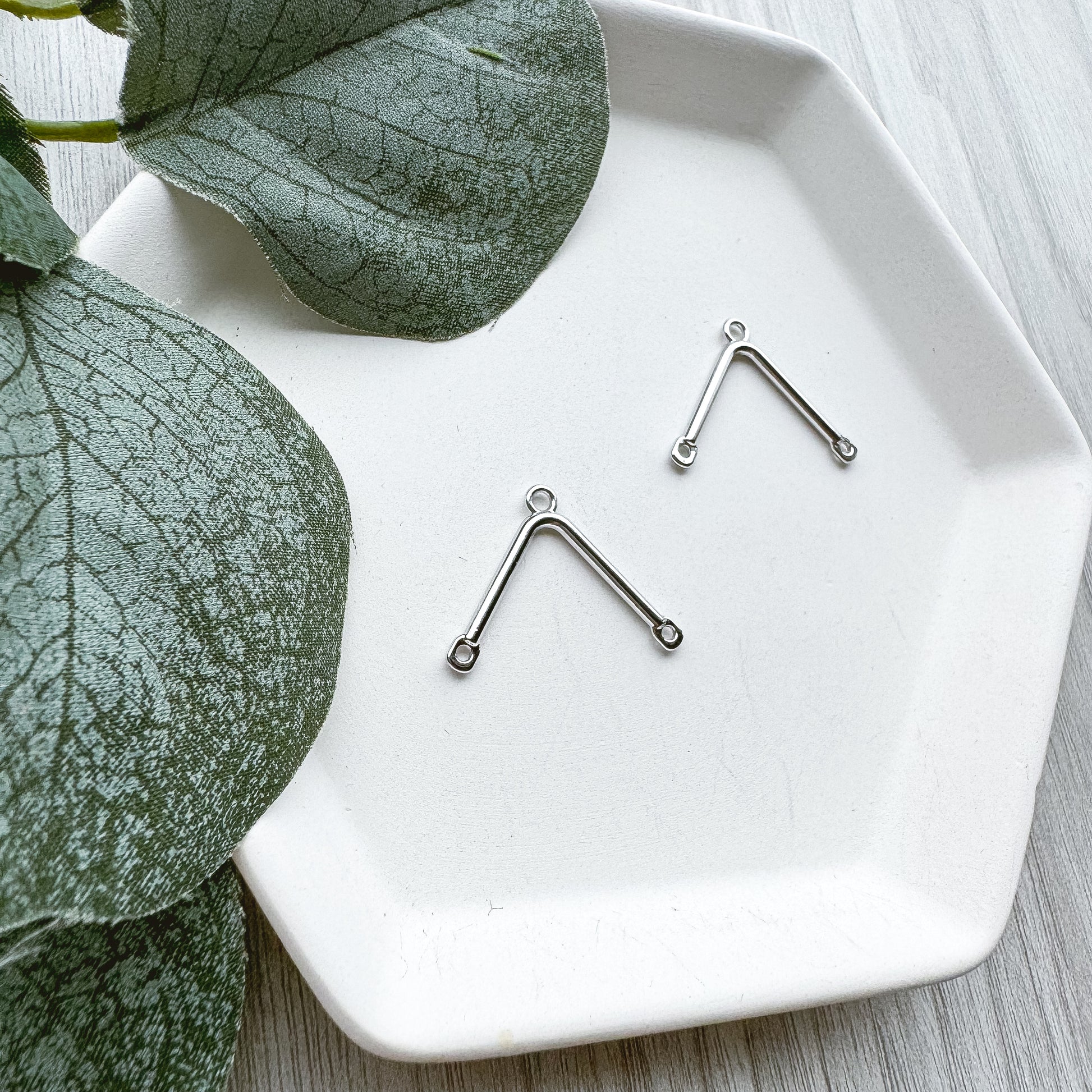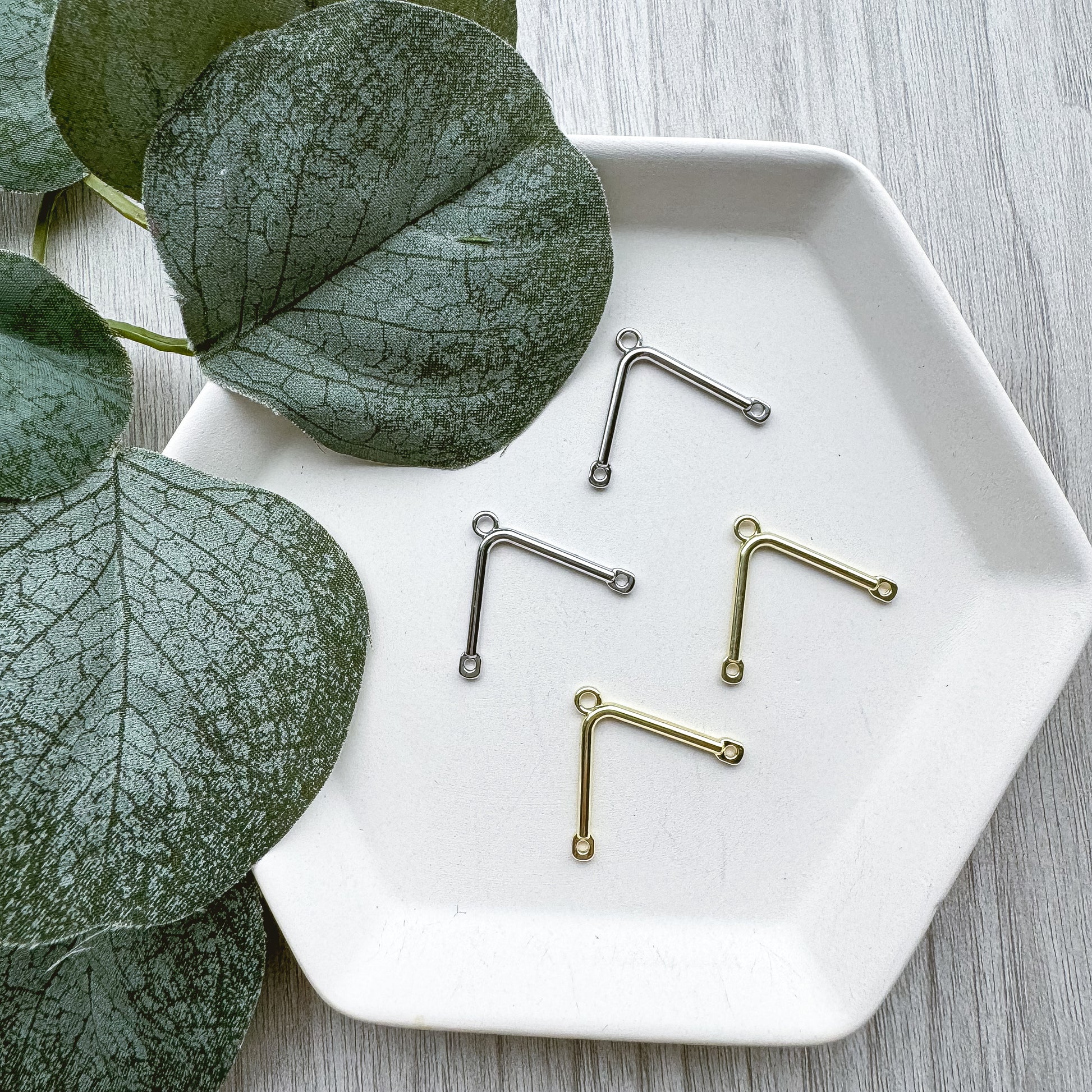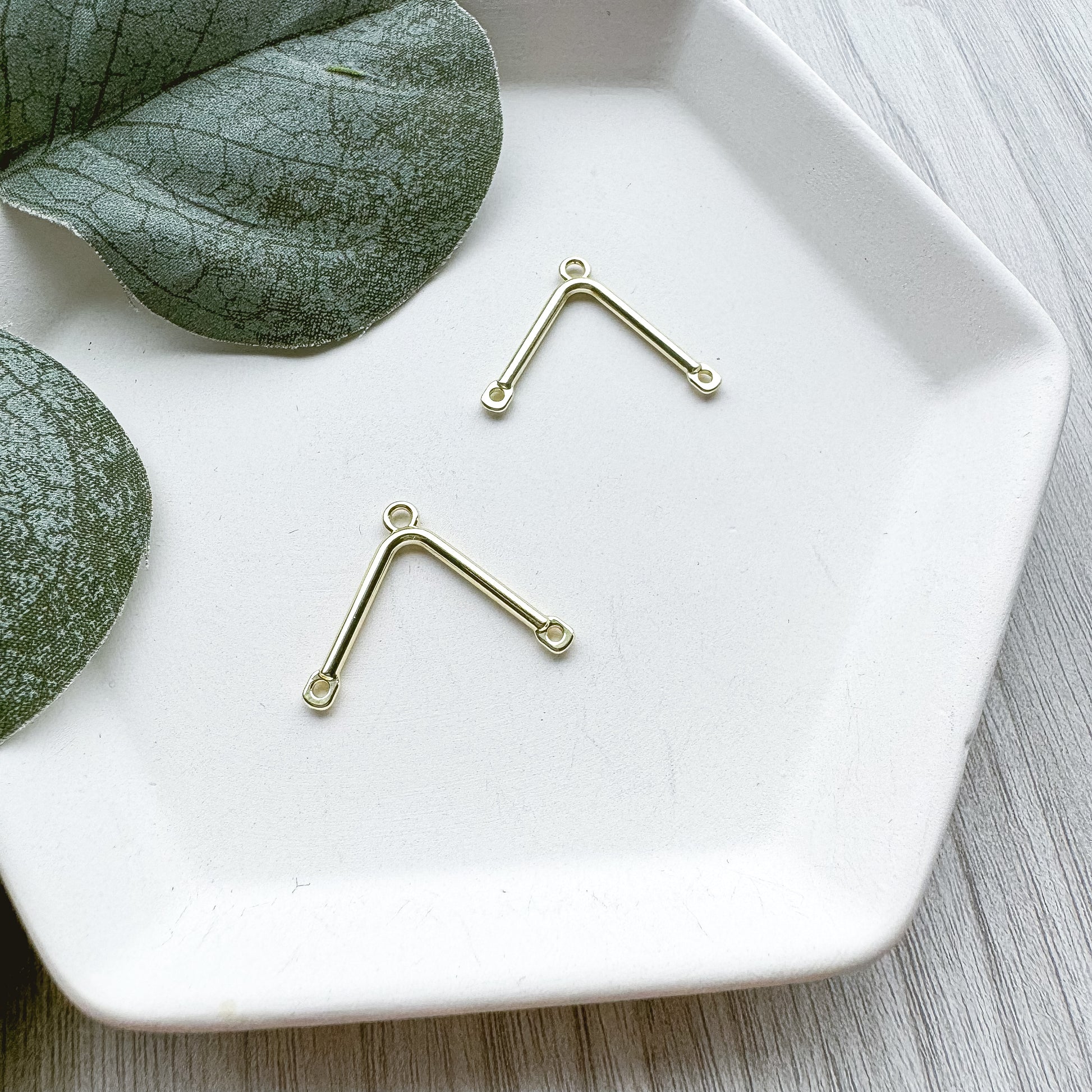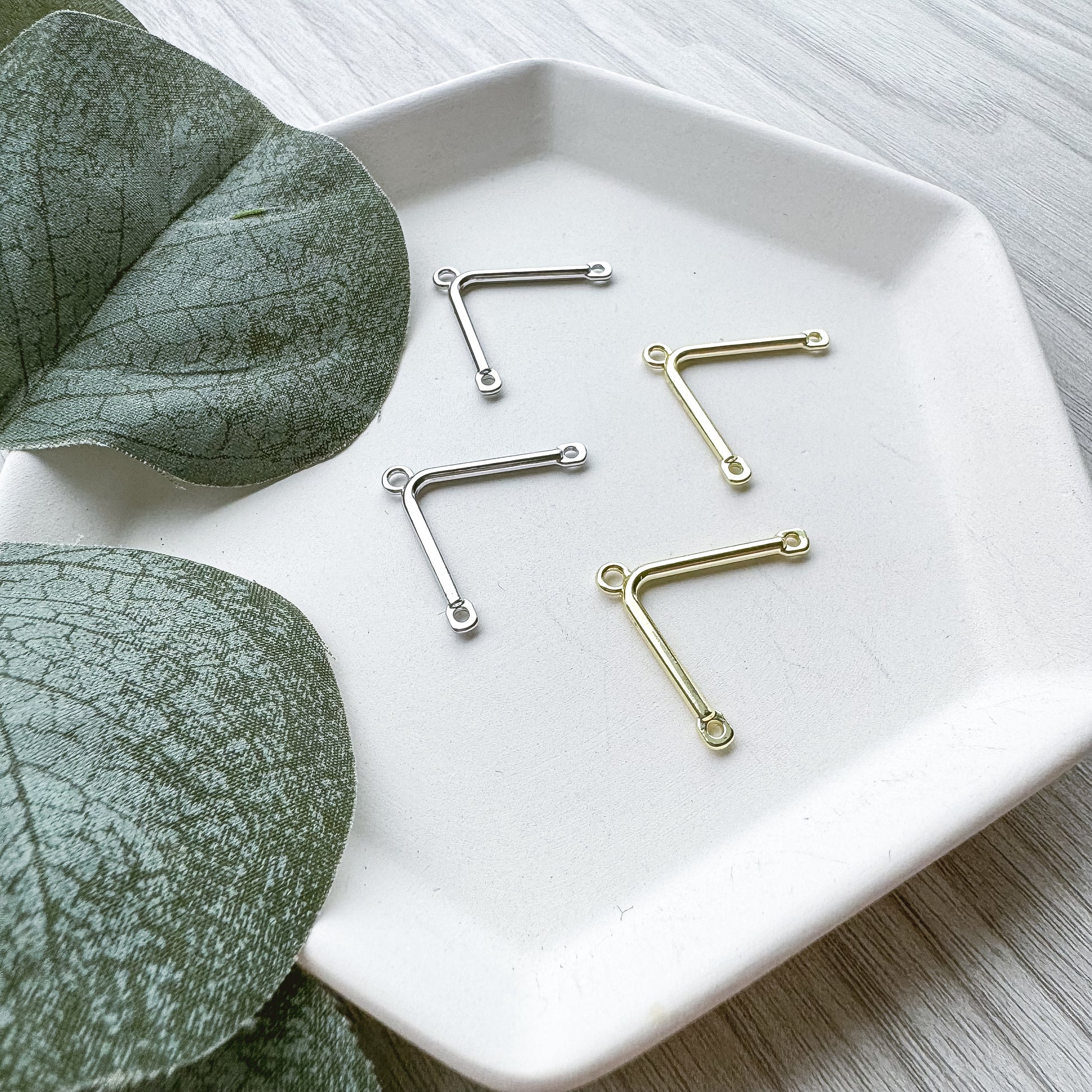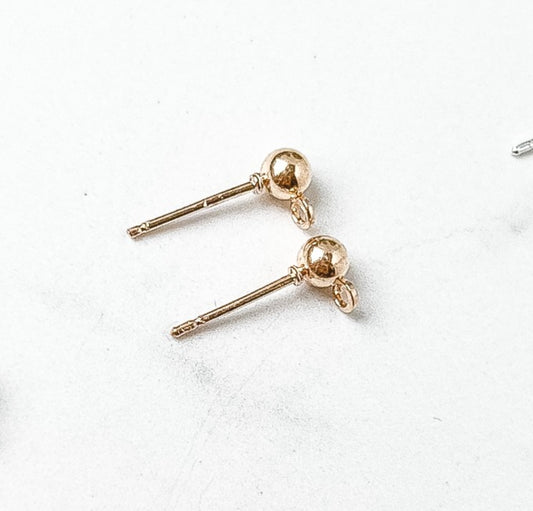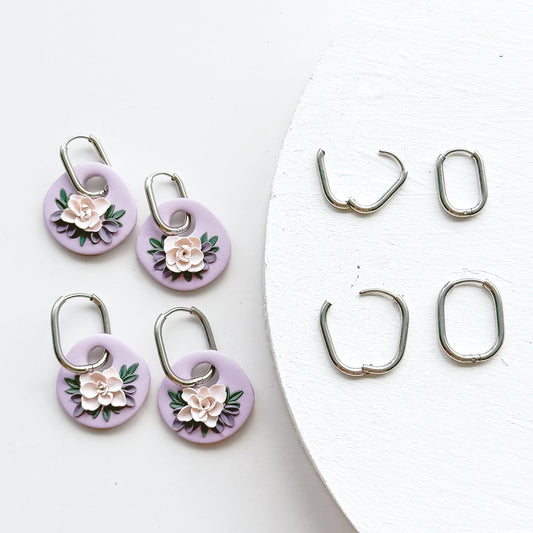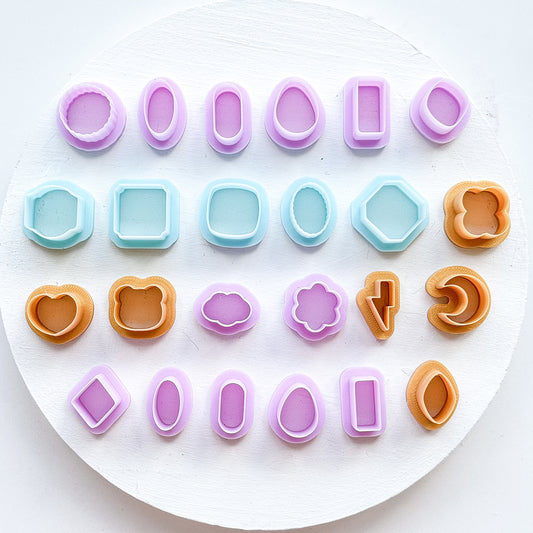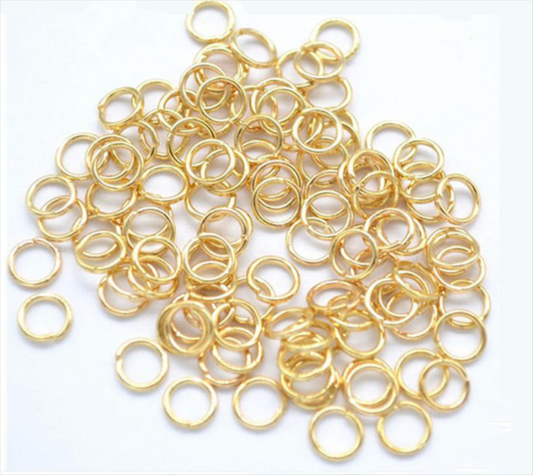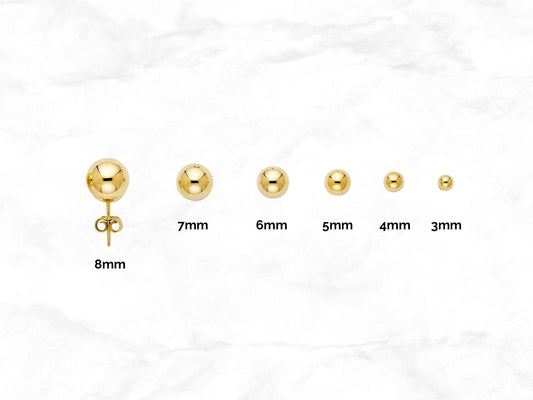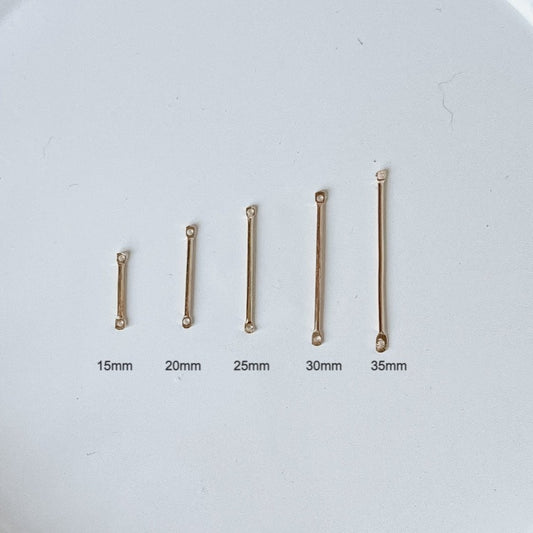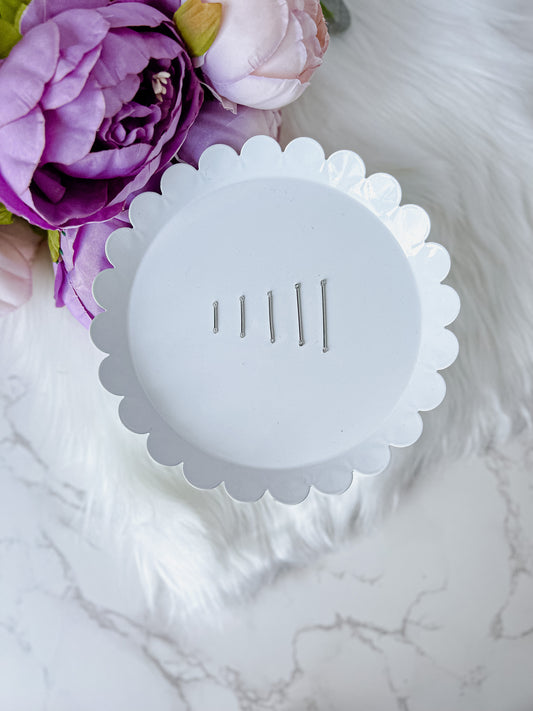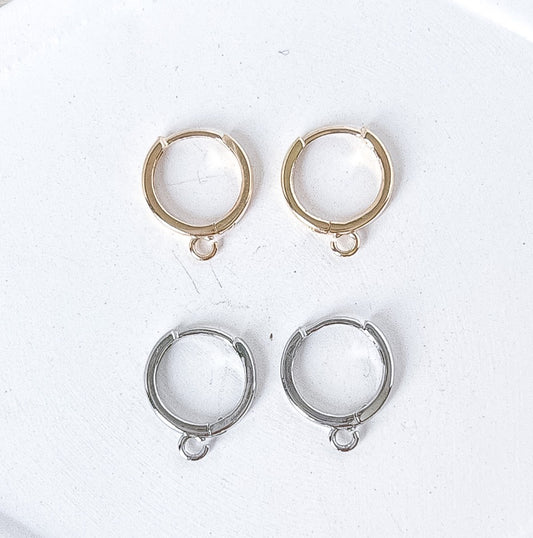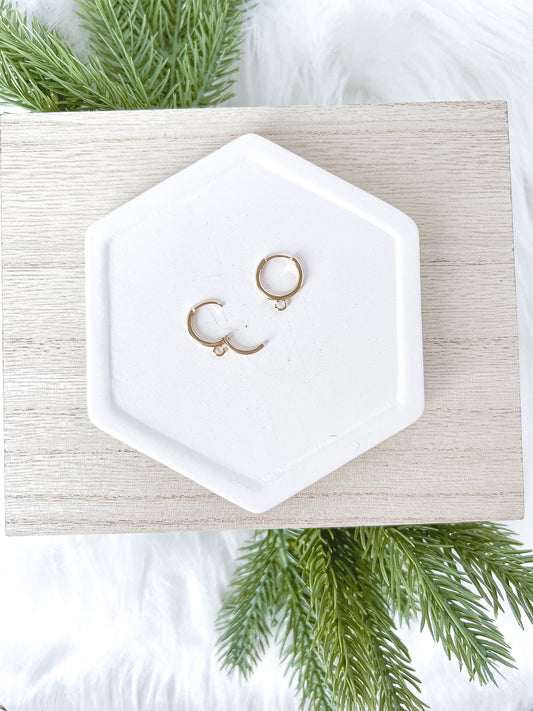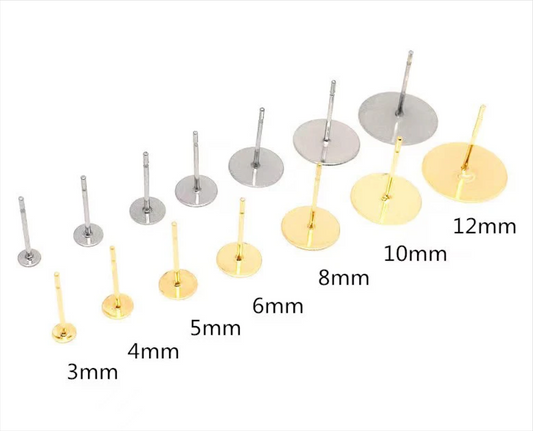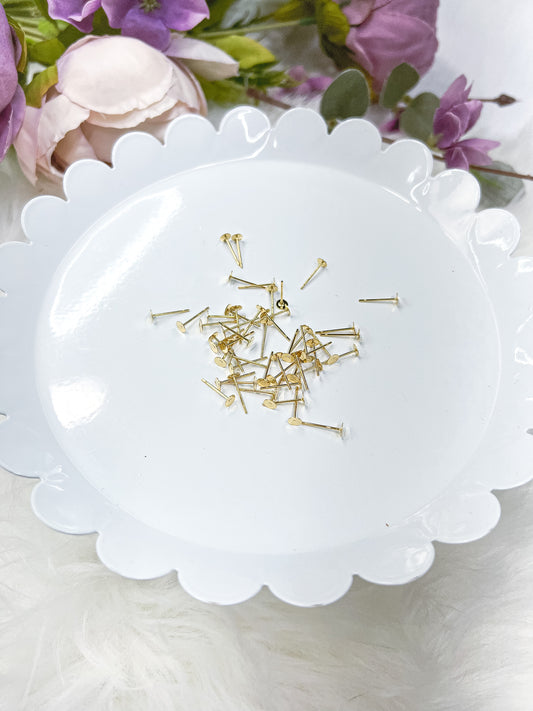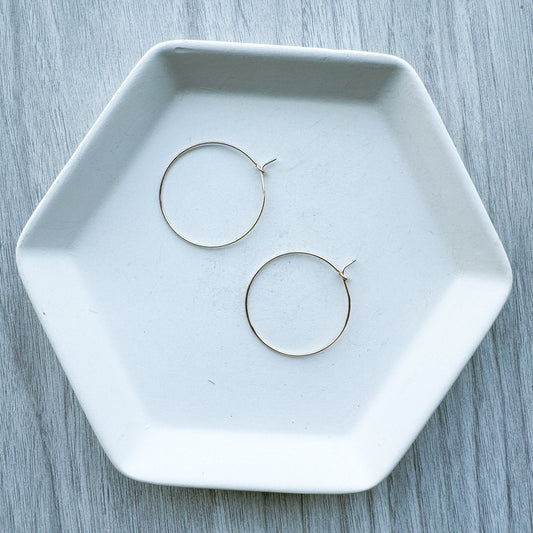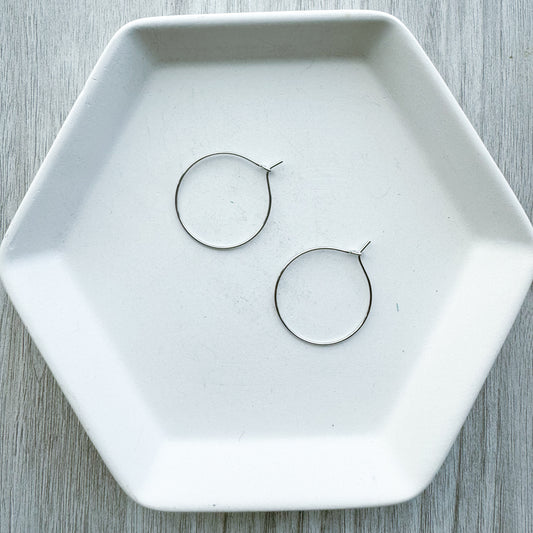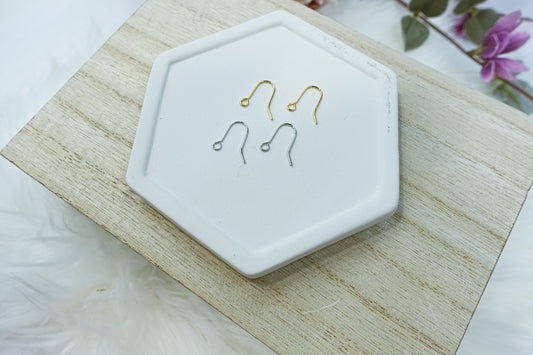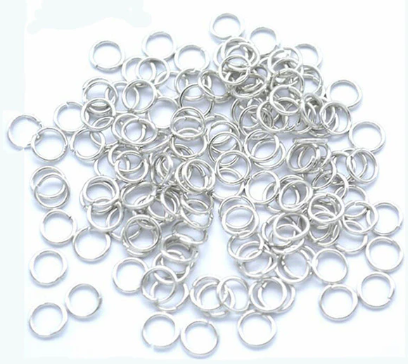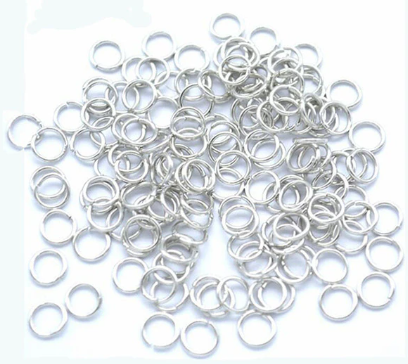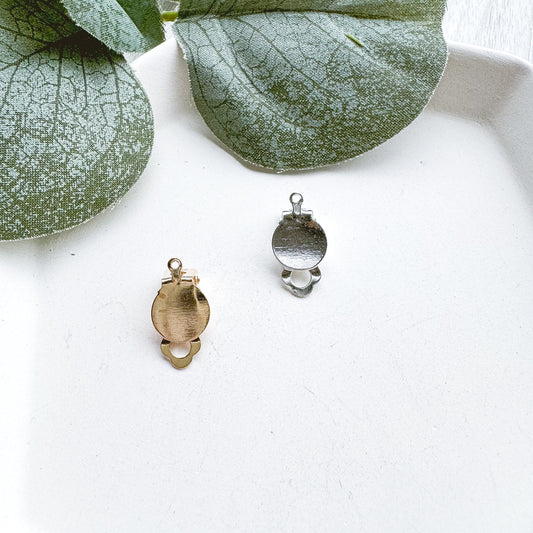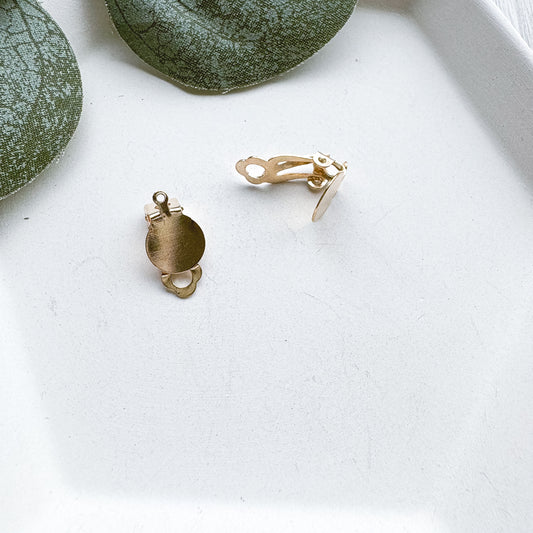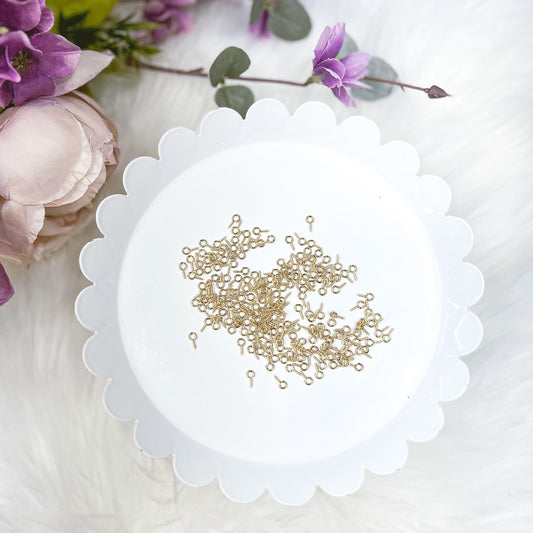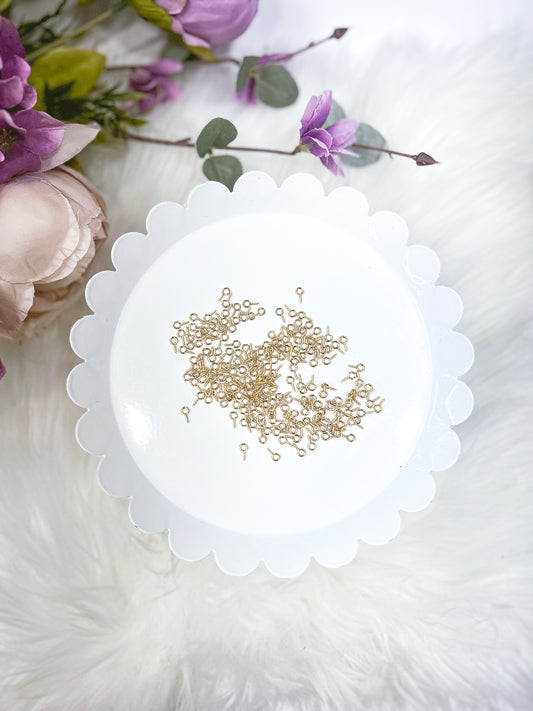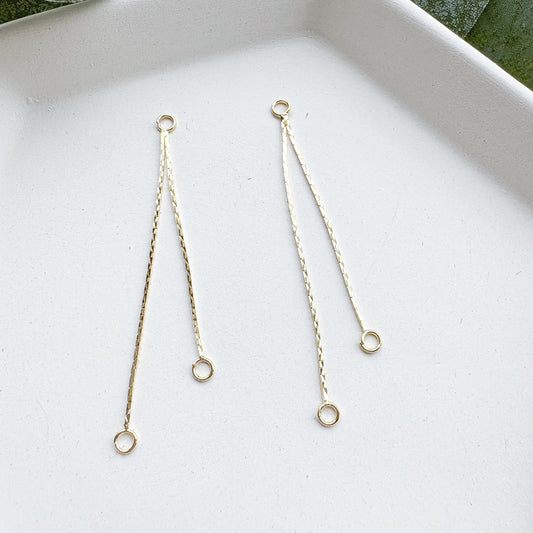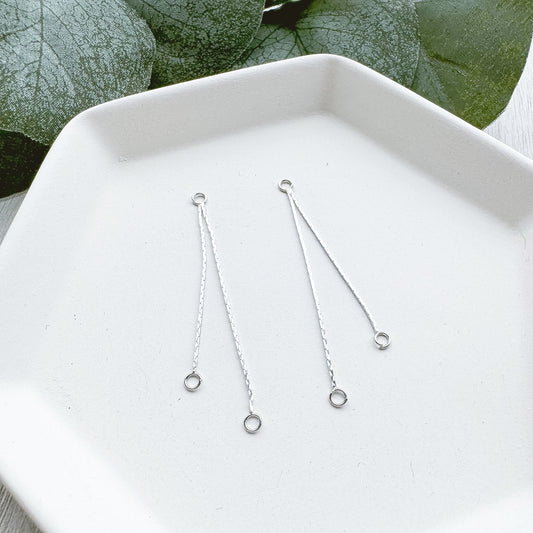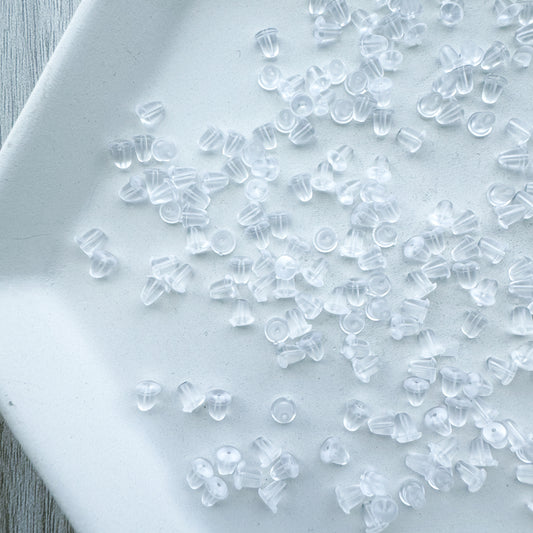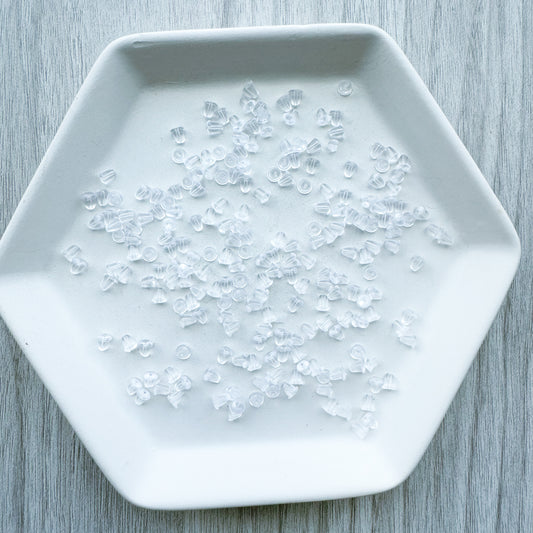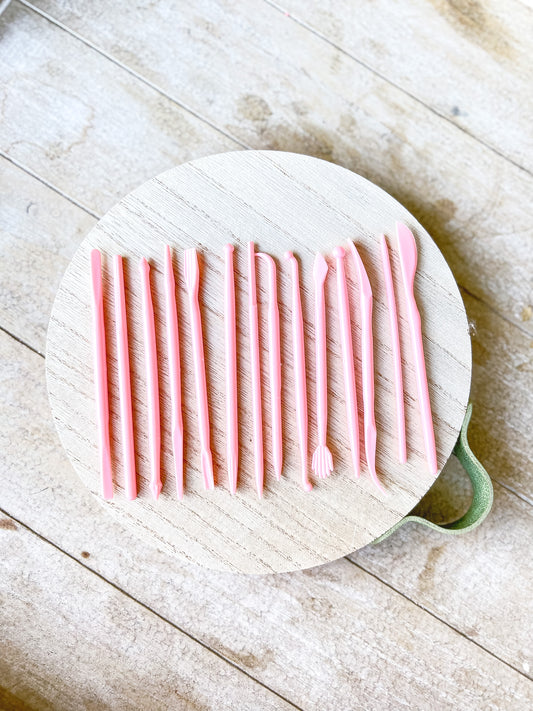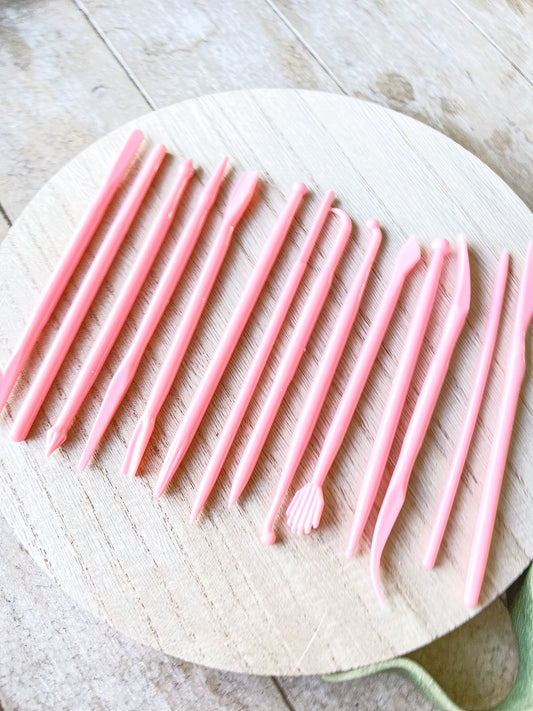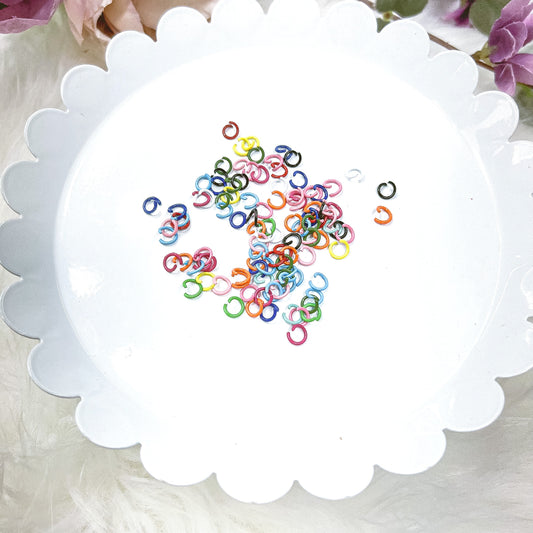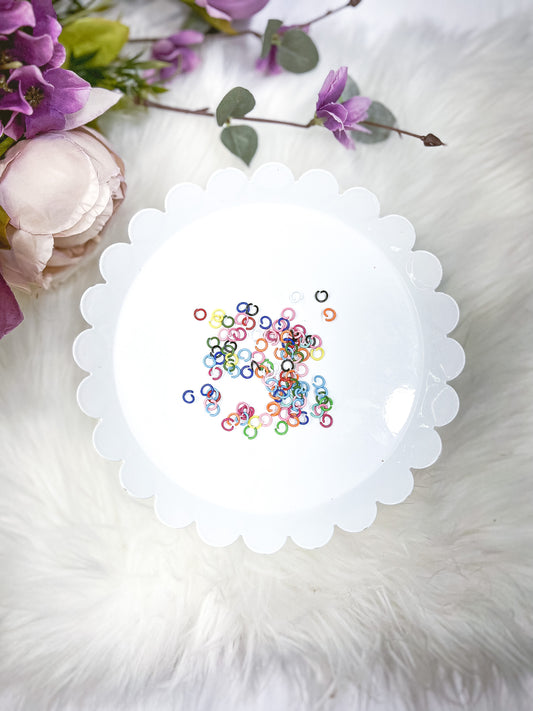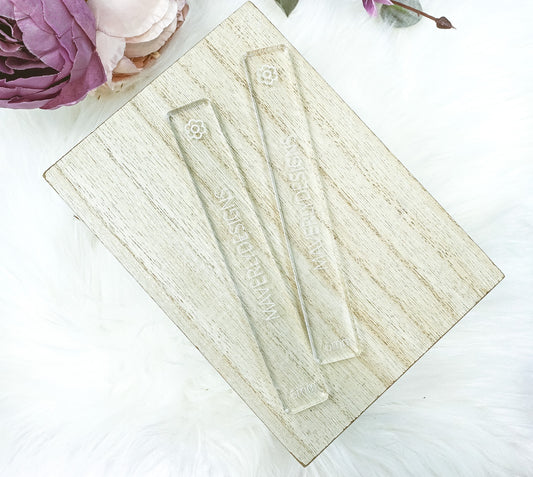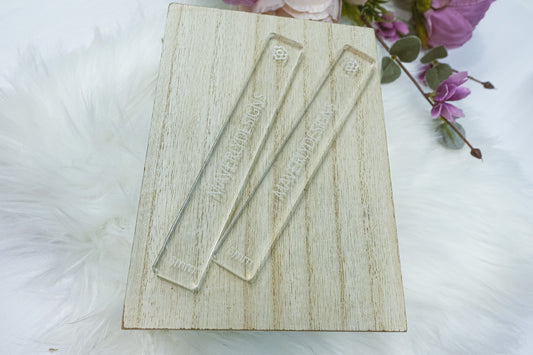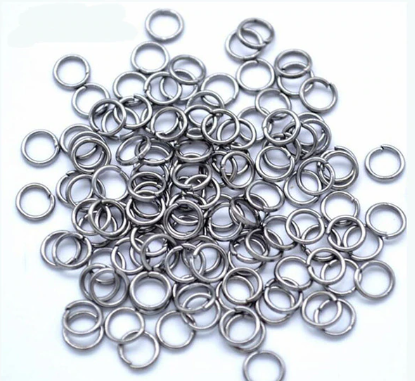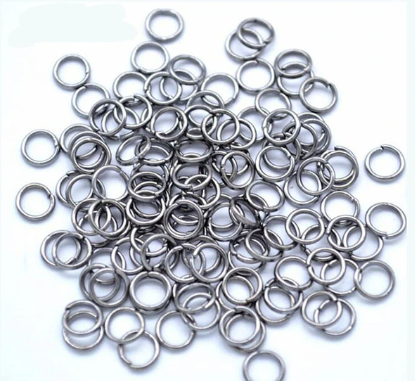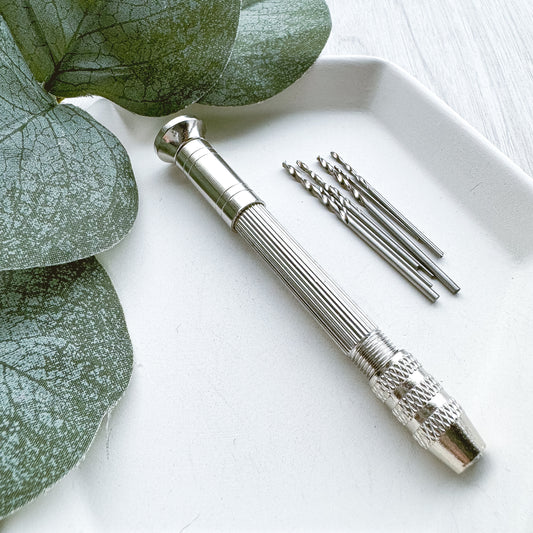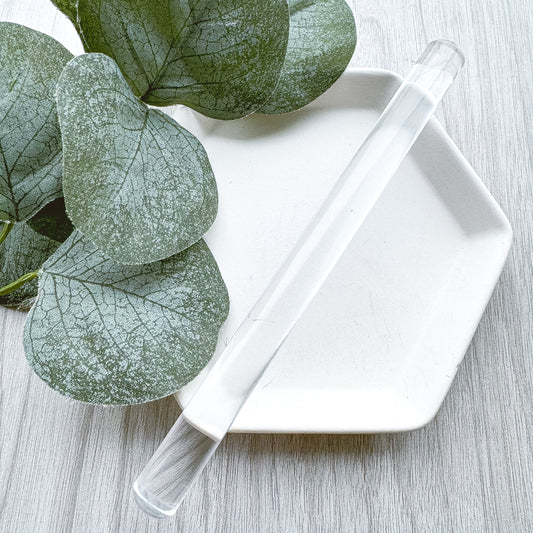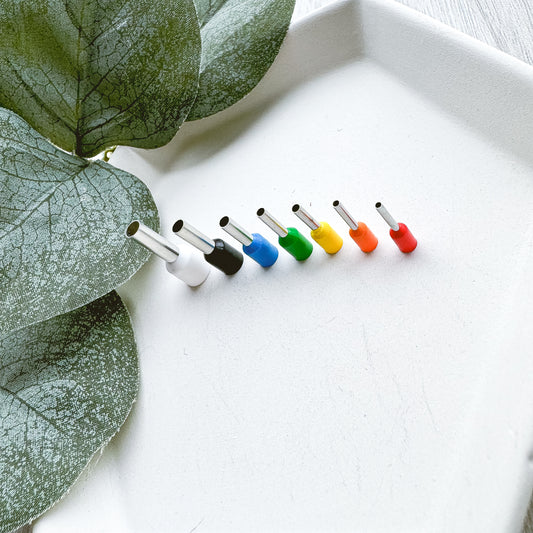V Shape Connector -10 PIECES
V Shape Connector -10 PIECES
Couldn't load pickup availability
JEWELRY COMPONENTS
Jewelry Components from Maverly Designs are hypoallergenic. The metal posts that enter the ear are Stainless Steel. Items marked 18K are plated over Stainless Steel. Stud Findings with decorative fronts are usually Zinc Alloy plated Copper or Stainless Steel depending on the variant. Items SHOULD NOT tarnish if stored properly!! I have jewelry from two years ago that have not tarnished after many wears. Please read the item description carefully for more information for you and your customers!
————————————————————————
What are common jewelry allergies?
The most common jewelry allergy is to nickel, a natural white metal that is often mixed with other metals to create an alloy. Nickel is a common allergy and almost 15% of the population is allergic to nickel. Nickel can be found in many products that touch skin, ranging from earring posts, body jewelry, eyeglass frames, watchbands, button, zippers, and costume jewelry, to basic hair pins.
What is hypoallergenic jewelry?
Hypoallergenic jewelry is jewelry that is made out of pure metals such as platinum, 18k gold, titanium, copper, and stainless steel, fine silver and sterling silver. Hypoallergenic jewelry means that there is minimal risk of causing an allergic reaction. Most hypo-allergic jewelry contains pure metals such as platinum, gold, titanium, copper, and stainless steel, fine silver, and sterling silver. However, softer metals like gold and silver will have other metals alloyed with them or plated over a stronger base metal. These types of jewelry are suitable for those who experience allergic reactions to nickel. The safest alternative to metal is medical-grade plastic earrings and keeping your ski safe is just one of the reasons to wear hypoallergenic jewelry.
————————————————————————
STAINLESS STEEL
Stainless steel jewelry is strong, durable and rust-resistant. It typically has a silver sheen, but, unlike silver, it will not corrode and it is not susceptible to scratches, dings or dents. 316L stainless steel jewelry is the most fashionable ornament in the category of stainless steel jewelry. It’s advantageous due to the composition of molybdenum elements that improve its resistance to harsh conditions and high temperatures. People opt for 316L stainless steel jewelry because of its exceptional tensile strength.
The wear and tear of the 316L reduce due to its anti-oxidation properties such that it can stand against sulfuric acid, nitric acid, seawater, and the extreme outer atmosphere.
HYPOALLERGENIC - YES
STERLING SILVER
Sterling Silver is pure silver alloyed with copper which is 92.5% pure silver and 7.5% copper. This percentage of fine silver is why you will sometimes see sterling silver referred to as '925 silver' or hallmarked with a 925 stamp. The copper makes the silver harder, more durable and therefore much better to work with and use, but without compromising on color. Most silver jewelry that you buy and wear will be sterling silver.
HYPOALLERGENIC - YES
COPPER
Copper is a pure element that is often used in jewelry. The hardness of copper allows for easy manipulation, so it is great for wrapping, stamping and more. While this metal is corrosion resistant, it does form a patina with time and use. This is the green/blue color change often seen in uncoated copper.
Jewelry makers usually choose between copper or nickel as the base metal/alloy. When the alloy is made with copper, this combination allows for the perfect balance of hardness, versatility and that famous shine.
HYPOALLERGENIC - YES
BRASS
Brass is a metal alloy of copper and zinc, used for its long wear and bright, gold-like appearance much like bronze. Over time it may oxidize to a green color (patina).
All brass naturally tarnishes over time, which gives it that organic and unique look that we all love. What causes brass to tarnish is the copper within the metal. When copper comes into contact with your skin it’s very common for it to oxidize, and if you’re allergic to brass or have really sensitive skin the oxidation can sometimes turn your skin green. If that’s the case, I recommend wearing sterling silver or gold instead.
HYPOALLERGENIC - NO
————————————————————————
Tarnished metals are caused by a number of common and natural chemicals, like sulfur (found in air particles around cities/industrial areas), moisture (if you live in a more humid environment), chlorine ( swimming in pools or spas), and your own skin’s acidity level (some people's skin PH is so high silver tarnishes almost instantly!). When it comes down to it, there are so many things in daily life that can cause your silver to tarnish and look dull or completely black. But good news! It’s very easy to manage and remove tarnish from silver, so read on to learn about my recommended cleaning techniques.
Use dish soap:
Mix a few drops of dish liquid, like Dawn, with warm water. Dip a soft cloth in the solution and rub the silver to remove the tarnish. Rinse with cool water and buff dry with another soft cloth.
Try baking soda:
For heavier tarnish, mix three parts baking soda to one part water. Wet the silver and apply the paste with a soft, lint-free cloth. Work it into the crevices and turn the cloth as it picks up the tarnish. Rinse well and buff dry.
Reach for toothpaste:
In the same way mild abrasives in toothpaste remove stains from your teeth, they can also remove tarnish from silver. Apply a tiny dab of white paste toothpaste (not gel) to your finger or a soft cloth and very gently rub it on the tarnished silver. Then, rinse well with warm water and buff to a shine with a soft cloth.
Mix Lemon and Olive Oil:
Mix 1/2 cup lemon juice and 1 tsp. olive oil. Dip a clean cloth in the solution and gently rub the silver until it shines. Rinse and dry.
There are also jewelry cleaning and polishing products on the market that I use daily. You can find them on amazon or at your local convenience stores.
Although stainless steel jewelry doesn’t tarnish or corrode and doesn’t require special care, it can scratch. That’s why you should wear and store your pieces in a way that minimizes any contact with other items that can damage your stainless steel jewelry. If your jewelry does get scratched, you can always have it professionally polished by a jeweler. Store your stainless steel pieces separately from jewelry made of other metals. It is best if you keep your stainless steel items in individual bags or pouches.
The posts are made of high grade stainless steel that is extremely resilient and can be bent multiple times without damaging the integrity of the metal. It is made this way to accommodate those who prefer to bend their earring posts for back of ear comfort. Some earring post may have a slight bend post shipment but the buyer can simply move it into desired angle for their customers. I have yet to receive any customers who have had a post break. I personally have tested the durability of the posts and have found them to be flexible enough and strong enough for even the most sensitive wearers.
Shipping & Returns
Shipping & Returns
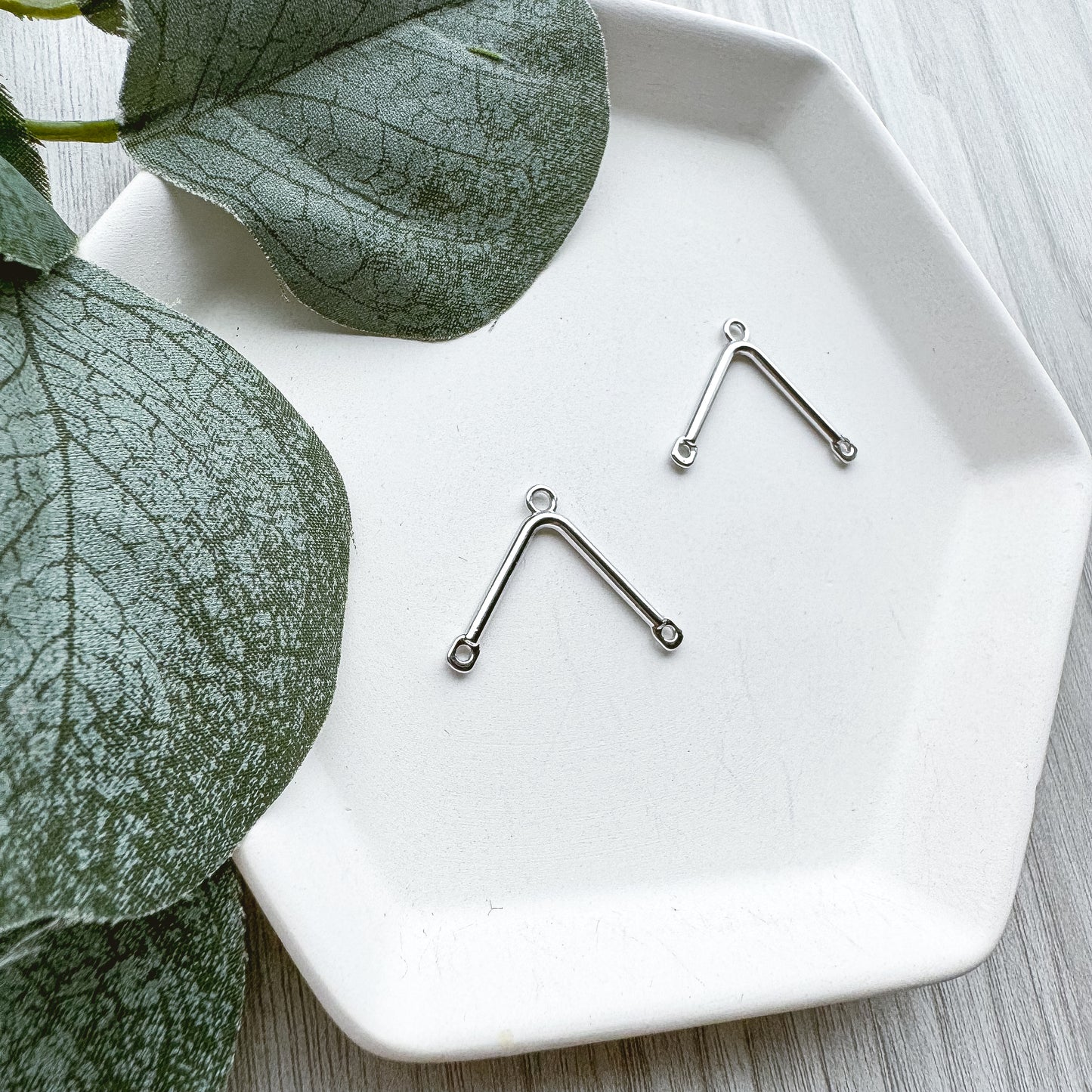
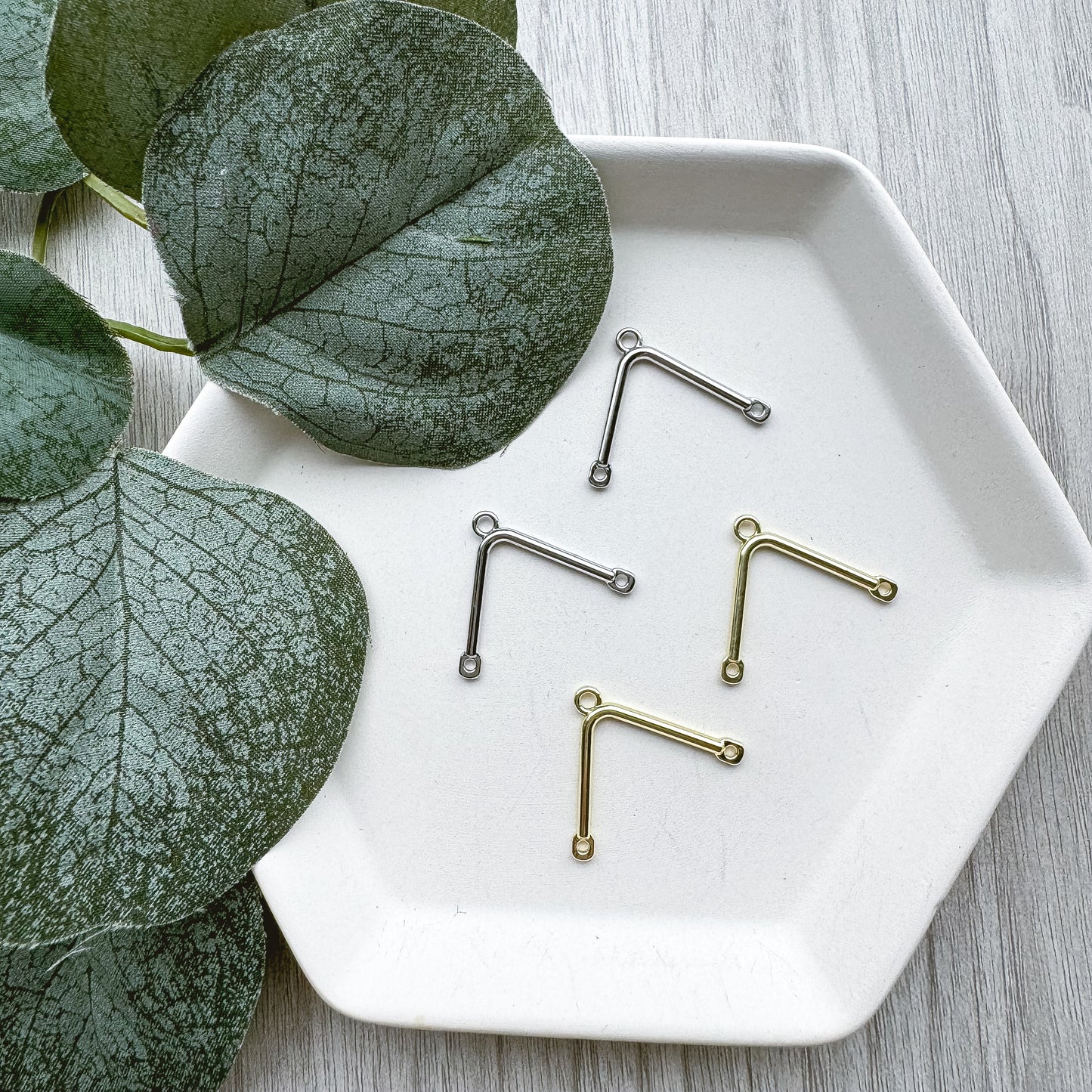
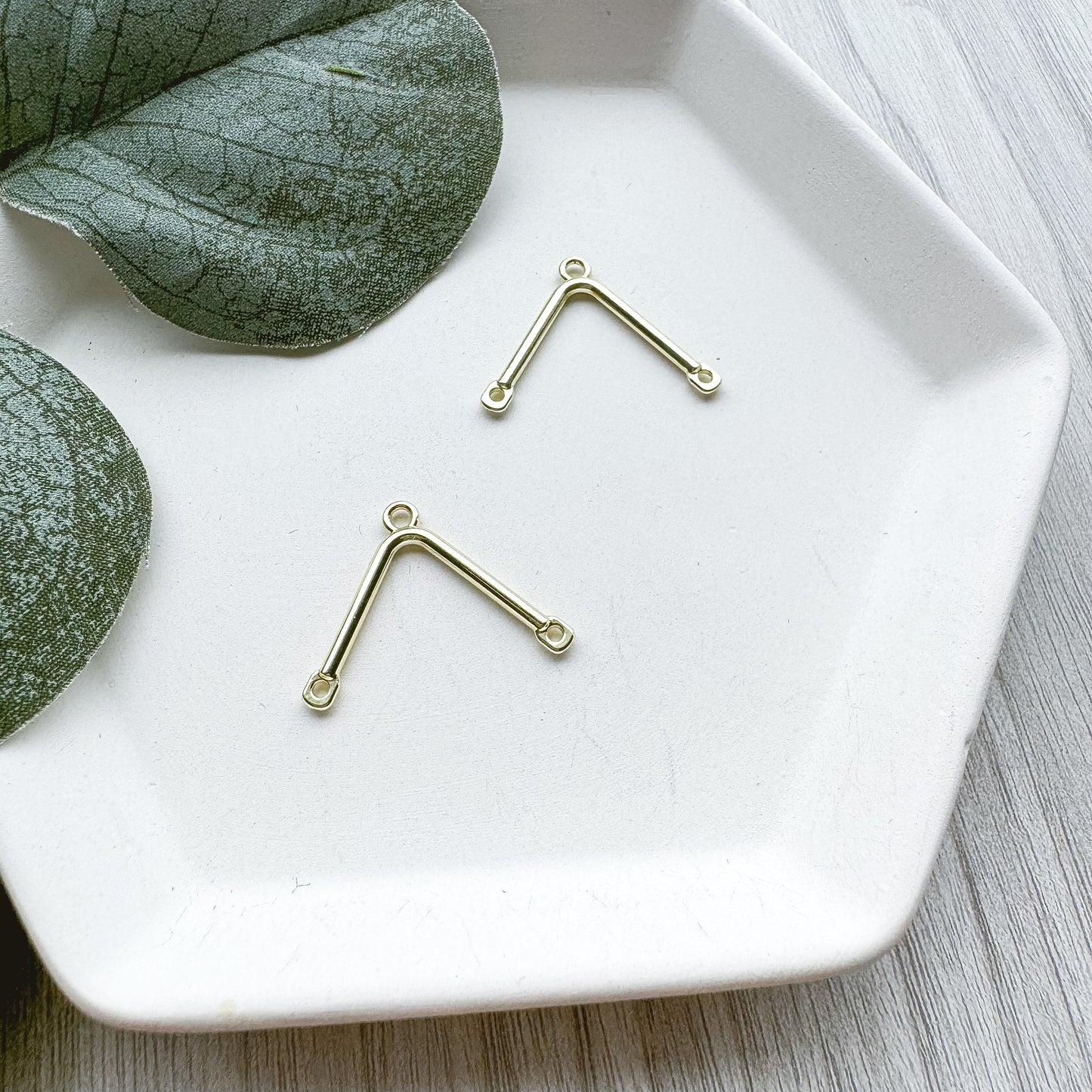
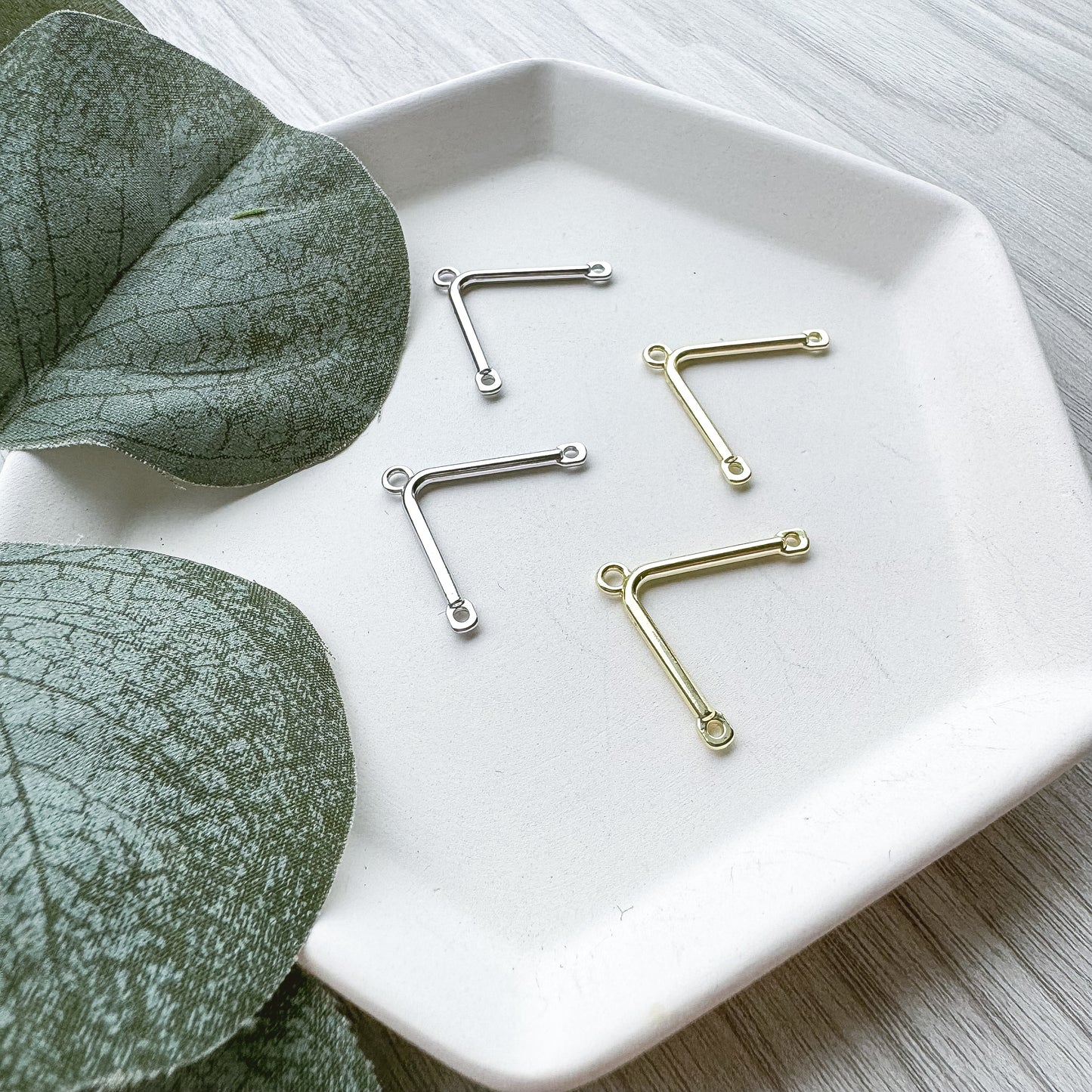
Don't miss out on what is new!
-
3-6mm Ball Posts - 20 PIECES
Regular price £2.00 GBPRegular priceUnit price per£0.00 GBPSale price £2.00 GBP -
Round Teardrop Click Hoop - 10 PIECES - July 2025 Launch
Regular price £8.00 GBPRegular priceUnit price per£0.00 GBPSale price £8.00 GBP -
Oval Click Hoop - 10 PIECES - July 2025 Launch
Regular price From £7.00 GBPRegular priceUnit price per£0.00 GBPSale price From £7.00 GBP -
Charm Bar Clay Cutter Set - July 2025 Launch
Regular price From £3.00 GBPRegular priceUnit price per

